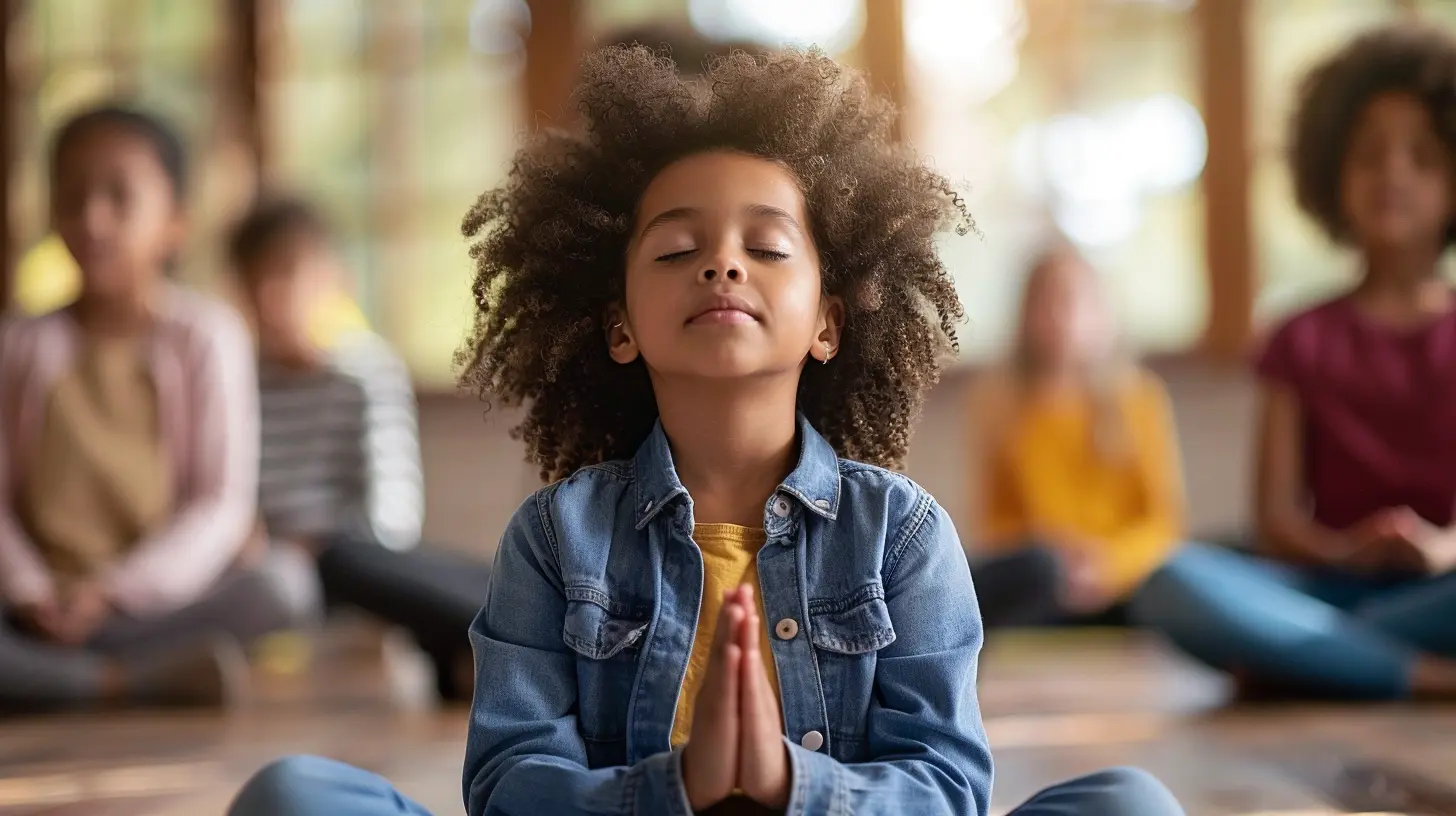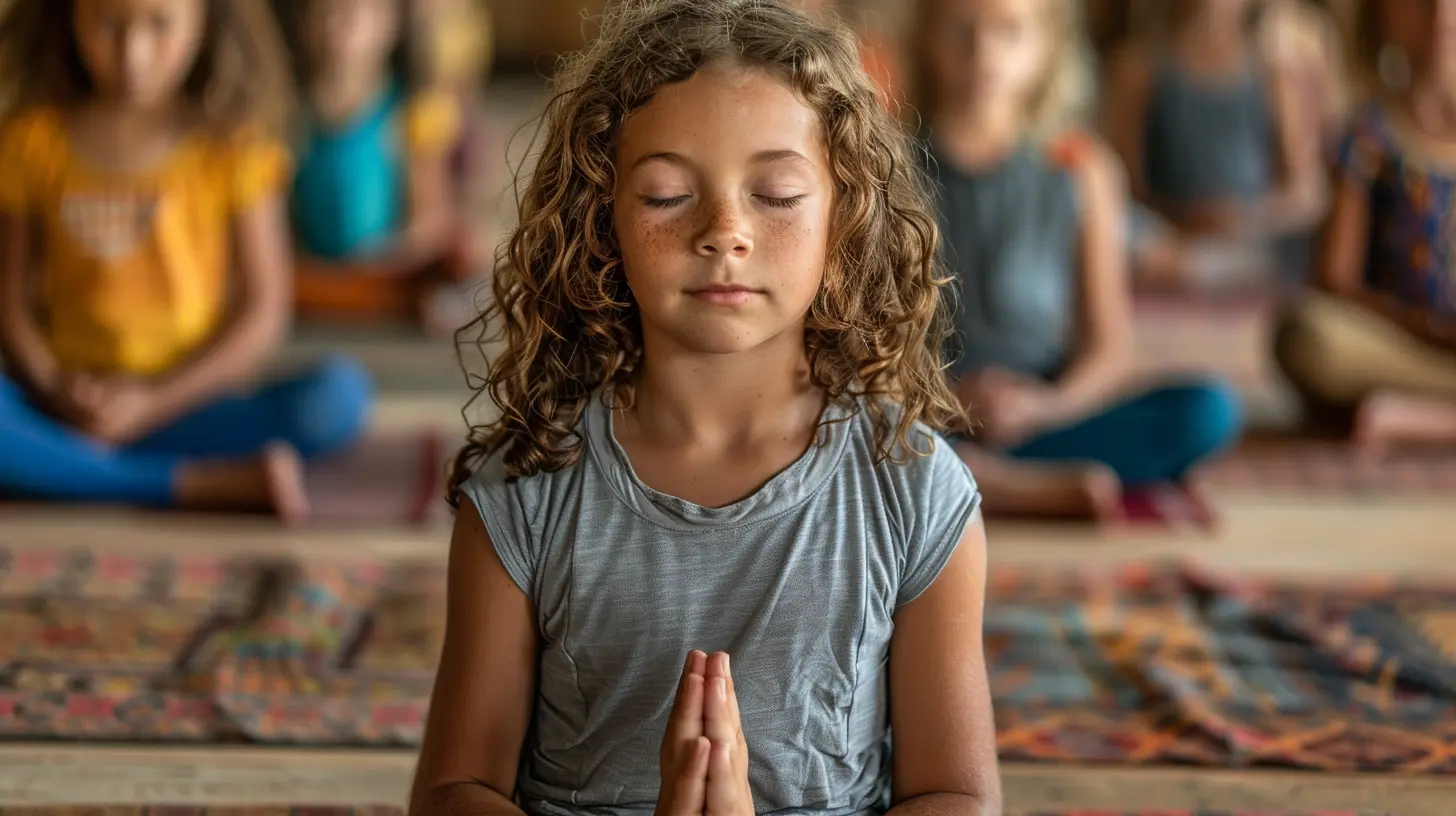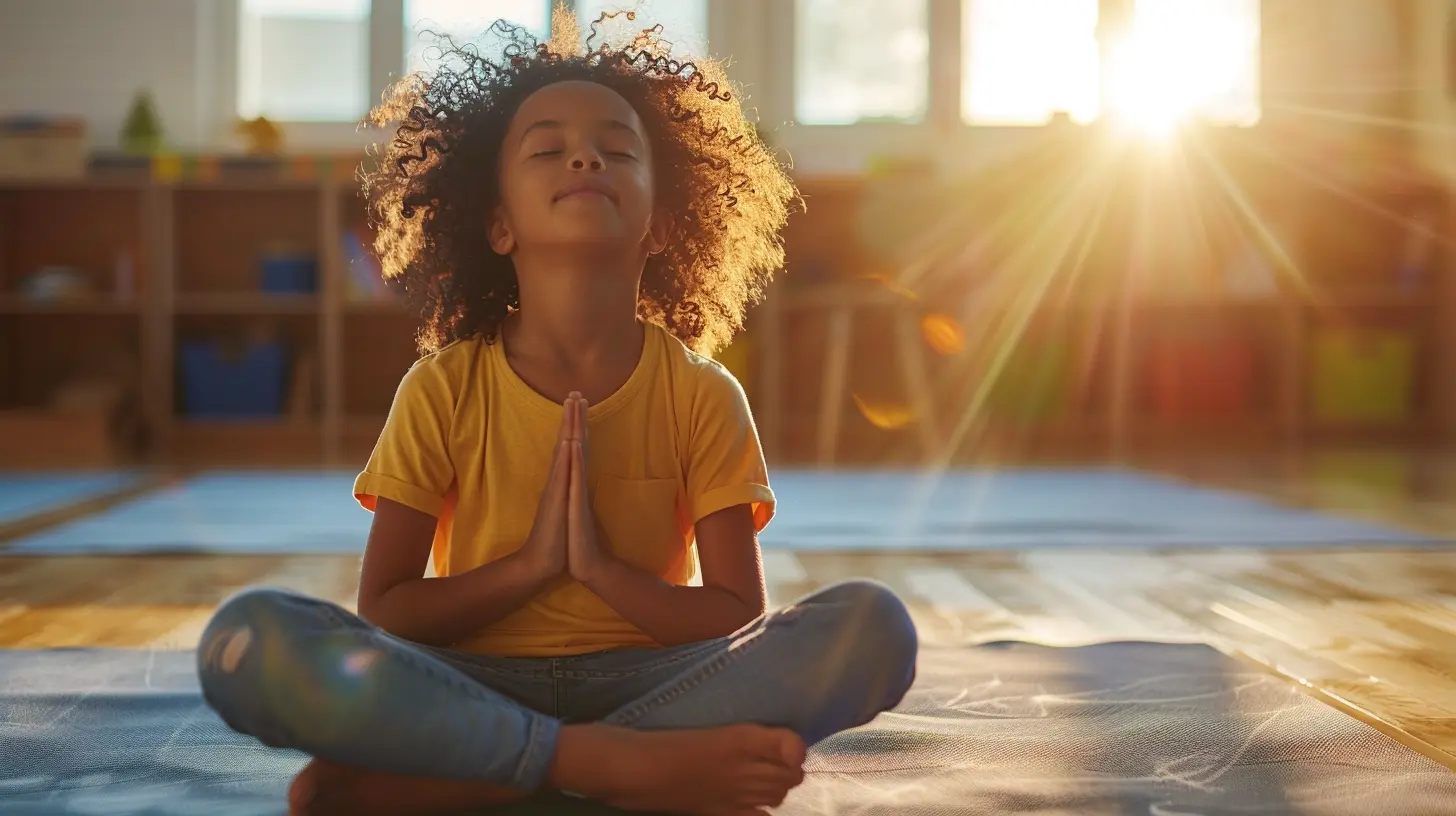Incorporating Mindfulness Practices in the Classroom
12 June 2025
Introduction
Ever noticed how students struggle to focus or feel overwhelmed in class? In today's fast-paced world, children are constantly bombarded with distractions and stressors. That’s where mindfulness comes in.
Incorporating mindfulness practices in the classroom can be a game-changer. It helps students stay present, manage stress, and improve focus. But how do you integrate it into a busy school day without it feeling like another task? Don't worry! This guide will walk you through simple, effective ways to bring mindfulness into your classroom. 
What is Mindfulness?
Mindfulness is the practice of being fully present in the moment—aware of your thoughts, feelings, and surroundings without judgment. It’s not about emptying the mind but rather about paying attention to the here and now.For students, mindfulness can be a powerful tool to enhance concentration, reduce anxiety, and improve emotional regulation. It teaches them to pause, breathe, and respond thoughtfully instead of reacting impulsively. 
Why is Mindfulness Important in the Classroom?
1. Improves Focus and Attention
With so many distractions—social media, peer pressure, and academic stress—students often struggle to concentrate. Mindfulness helps train the brain to focus on one task at a time, leading to better learning outcomes.2. Reduces Stress and Anxiety
Exams, deadlines, and social dynamics can create significant stress for students. Mindfulness techniques, such as deep breathing and meditation, provide them with tools to manage anxiety effectively.3. Enhances Emotional Regulation
Children experience strong emotions but may lack the skills to handle them properly. Mindfulness teaches students how to recognize and manage their emotions, leading to fewer conflicts and better relationships.4. Boosts Classroom Behavior
A mindful classroom is a calm classroom. When students practice mindfulness, they're more likely to be kind, patient, and cooperative, reducing disruptions and promoting a positive learning environment.
Practical Mindfulness Activities for the Classroom
Now that we understand the benefits, let’s explore some simple yet effective ways to bring mindfulness into your classroom.1. Mindful Breathing (2-Minute Exercise)
Breathing exercises are a quick and easy way to help students reset their focus.- Have students sit comfortably with their feet flat on the ground.
- Ask them to gently close their eyes or focus on a single spot.
- Inhale deeply through the nose, hold for a moment, then exhale slowly through the mouth.
- Repeat for a couple of minutes.
This helps students calm their minds and get ready for learning.
2. Gratitude Journaling
Encourage students to write down three things they’re grateful for each day. This simple practice helps shift their mindset from stress to appreciation. It also improves overall well-being and optimism.3. Sensory Awareness Game
Help students engage their senses by asking them to focus on:- Five things they can see.
- Four things they can touch.
- Three things they can hear.
- Two things they can smell.
- One thing they can taste.
This quick game brings their attention to the present moment and enhances awareness.
4. Mindful Listening with a Bell
Ring a small bell or chime and ask students to listen closely. Instruct them to raise their hands when they no longer hear the sound. This activity sharpens their listening skills and encourages focus.5. Body Scan Meditation
Guide students through a short body scan meditation where they focus on different parts of their body, starting from their toes and moving up to their head. This helps them become more aware of physical sensations and relax tense areas.6. Mindful Walks
If possible, take a short walk outside and encourage students to pay attention to the sounds, colors, and smells around them. This practice not only refreshes their minds but also deepens their connection to nature.7. Pause Before Responding
Teach students the importance of a mindful pause. Instead of reacting impulsively, encourage them to take a deep breath before responding to a question or a conflict. This enhances thoughtful communication and decision-making.
How to Make Mindfulness Part of Daily Classroom Routine
1. Start the Day with a Mindful Moment
Begin each morning with a short breathing exercise or a positive affirmation. This sets a calm and focused tone for the day.2. Incorporate Mindfulness Breaks
Take short mindfulness breaks between lessons. Even 30 seconds of deep breathing can make a huge difference in students' focus and energy levels.3. Model Mindfulness as a Teacher
Students learn best by example. If they see you practicing mindfulness—whether it's taking deep breaths before a lesson or responding calmly in stressful situations—they're more likely to adopt the habit themselves.4. Use Mindfulness Prompts
Place mindfulness reminders around the classroom—posters with simple breathing exercises, gratitude prompts, or mindful affirmations. This keeps mindfulness top of mind throughout the day.5. Create a Calm Corner
Set up a small space in your classroom where students can go to take a mindful break when they feel overwhelmed. Equip it with calming visuals, breathing cards, and maybe a small sand timer.Overcoming Common Challenges
“I Don’t Have Enough Time”
Mindfulness doesn’t have to take up an entire lesson. Even just a few minutes a day can make a significant impact. Start small and gradually build up.“My Students Won’t Take It Seriously”
It’s normal for students to giggle or resist at first. The key is consistency. The more they practice, the more they’ll start experiencing the benefits firsthand.“I Don’t Know Enough About Mindfulness”
You don’t need to be an expert! There are plenty of free guided mindfulness exercises online. Just start with simple breathing exercises and build from there.The Long-Term Impact of Mindfulness in Education
Incorporating mindfulness in the classroom isn’t just a short-term trend—it has lasting benefits. Research shows that students who practice mindfulness regularly experience:- Better academic performance
- Improved emotional resilience
- Stronger relationships with peers and teachers
- Less anxiety and stress
By fostering mindfulness, you're not just teaching students how to succeed in school; you're equipping them with valuable life skills they’ll carry into adulthood.
Final Thoughts
Bringing mindfulness into the classroom doesn’t require hours of training or major curriculum changes. It just takes small, consistent practices that help students develop focus, kindness, and emotional balance.So why not start today? Try a simple breathing exercise with your students and see how they respond. You might be surprised at the sense of calm and focus it brings to your classroom.
all images in this post were generated using AI tools
Category:
Teacher ResourcesAuthor:

Olivia Chapman
Discussion
rate this article
3 comments
Franklin McMahon
This article effectively highlights the benefits of mindfulness practices in education. By promoting emotional well-being and focus, it offers valuable insights for teachers looking to enhance classroom dynamics and student engagement.
June 20, 2025 at 3:51 AM

Olivia Chapman
Thank you for your feedback! I'm glad you found the article helpful in highlighting the positive impact of mindfulness in education.
Zarek McDonough
Incorporating mindfulness in the classroom fosters emotional well-being and enhances focus, creating a nurturing environment for both students and teachers.
June 16, 2025 at 2:28 AM

Olivia Chapman
Thank you for your insightful comment! I agree that mindfulness not only supports emotional well-being but also cultivates a more focused and supportive classroom atmosphere for everyone.
Vance McKale
Mindfulness transforms classrooms by fostering focus, empathy, and emotional resilience in both students and teachers.
June 14, 2025 at 4:31 AM

Olivia Chapman
Absolutely! Mindfulness not only enhances focus and empathy but also builds emotional resilience, creating a more supportive and effective learning environment for everyone.



